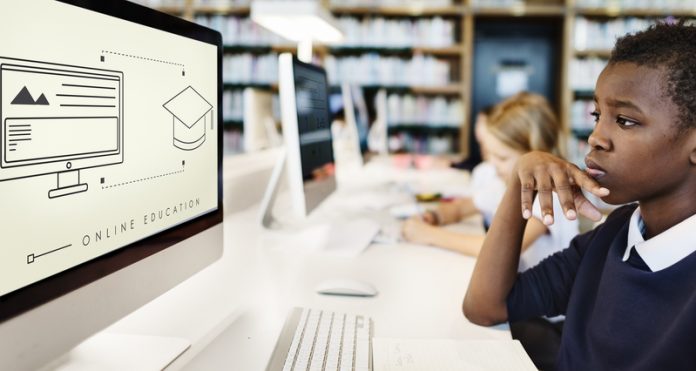Technology really is everywhere. But, unlike the views of the past, it isn’t here to destroy us all. Quite the contrary, technology is being used every single day to support and benefits all sort of sectors, and the education sector is no different
There’s been so many different improvements and advancements in technology for the education sector over the years. We’re joined by managed print solutions provider United Carlton, as we explore the new and improved classroom experience.
What is technology’s place in education?
Technology has done away with chalkboards. Universities, colleges, high schools, primary schools, and even nurseries have adopted technology into their classrooms to deliver a better learning experience for all – not only does this provide young people with a better education, it gives them the preparation they need for what has now become a tech-savvy working world.
According to a study by Barbie Clarke of the Family, Kids and Youth research group:
- 69% of secondary schools are using tablet devices
- 9% of these have a tablet device for every pupil
- 45% are looking to introduce tablet devices soon
In 2014, it was reported that there were 430,000 tablets in education establishments and this figure was expected to rise to over 900,000 by 2016 – however, no confirmation result has been released.
How is this technology being used?
Tablets and other gadgets are making lessons more interactive regardless of the subject, encouraging more pupil participation. It can also improve the retention rate of learners. By catering to different types of learners, pupils are more likely to retain the information over a teacher simply reading from a textbook.
It also allows for lessons to be personalised and tailored, such as using games, music, and e-books to support the lesson. Another benefit is that teachers now have the ability to search for materials they need online, allowing them to access additional resources where required.
Online lessons are also available, thanks to technology. Teachers are able to connect with a group of students remotely. This is most prominent in university and colleges, although it can also be used for younger children to teach them a specific subject or module. Exams can also be taken online which has shown a huge shift in the traditional methods.
Further improvements
According to Sir Anthony Seldon from the University of Buckingham, artificial intelligence will develop enough in the next decade to cause a huge change in the method of teaching we use. Although teachers will still have a job in the classroom, they will act as assistants only while letting the AI device teach the lesson. Essentially, teachers will control classroom behaviour rather than actually teach.
Seldon said: “It will open up the possibility of an Eton or Wellington education for all.”
This technology can be customised to help students progress in the best way for them, as the device can monitor how quickly students learn a subject and can tailor the lesson to fit. It will be able to work with the pace of the students, setting tasks accordingly.
Technology will only continue to develop, and this means the classrooms will get more exciting and efficient in the future!




























